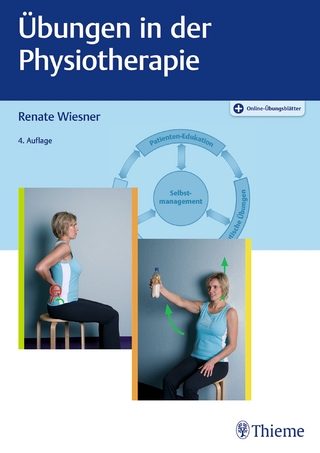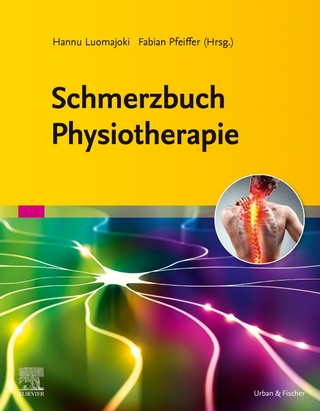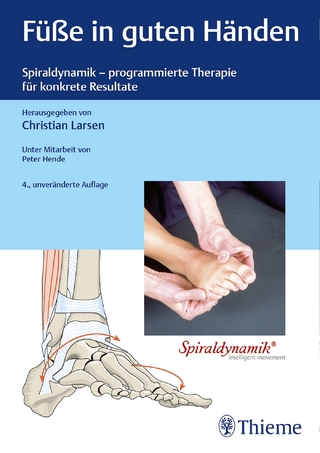
Neural Interface Engineering
Springer International Publishing (Verlag)
978-3-030-41853-3 (ISBN)
This book provides a comprehensive reference to major neural interfacing technologies used to transmit signals between the physical world and the nervous system for repairing, restoring and even augmenting body functions. The authors discuss the classic approaches for neural interfacing, the major challenges encountered, and recent, emerging techniques to mitigate these challenges for better chronic performances. Readers will benefit from this book's unprecedented scope and depth of coverage on the technology of neural interfaces, the most critical component in any type of neural prostheses.
- Provides comprehensive coverage of major neural interfacing technologies;
- Reviews and discusses both classic and latest, emerging topics;
- Includes classification of technologies to provide an easy grasp of research and trends in the field.
Liang Guo received the B.E. degree in biomedical engineering from Tsinghua University, Beijing in 2004 and the Ph.D. degree in bioengineering from Georgia Institute of Technology, Atlanta, GA in 2011. His Ph.D. research with Professor Stephen P. DeWeerth focused on the development of high-density stretchable microelectrode arrays for neural and muscular surface interfacing. He worked with Professors Robert S. Langer and Daniel G. Anderson at Massachusetts Institute of Technology, Cambridge, MA as a postdoctoral associate on neural tissue engineering and regenerative medicine. He started as an assistant professor of Electrical and Computer Engineering and Neuroscience in September 2013 at The Ohio State University. His primary research interests are in neural interface engineering and biocircuit engineering as applied to neuroscience and neural prosthetics. Among other honors, he was awarded the Defense Advanced Research Projects Agency (DARPA) Young Faculty Award in 2017, the National Science Foundation (NSF) Faculty Early Career Development (CAREER) Award in 2018, and the OSU College of Engineering Lumley Research Award in 2018.
Introduction: The need of a neural interface.- Excitable membrane, ion channels and neural signals.- Principles of neural recording.- Principles of neural stimulation.- Planar cell culture microelectrode arrays.- 3-D cell culture microelectrode arrays.- Intracortical electrodes.- Peripheral neural electrodes.- Failure modes of neural electrodes.- Strategies to improve neural electrode performances.- Flexible neural electrodes.- Stretchable neural electrodes.- Electrocorticography electrodes.- Retinal Implants.- Regenerative neural electrodes.- Nano neural electrodes.- Passive RF neural electrodes.- Ultrasonic neural dust.- Transcutaneous electrical recording and stimulation.- Functional magnetic resonance imaging.- Ultrasonic stimulation.- Transcranial magnetic stimulation.- Fluorescent imaging of neural activities.- Localized surface plasmon resonance-based neural sensing.- Optical stimulation.- Acoustic stimulation.- Magnetic stimulation.- Voltage-sensitive fluorescent proteins for neural sensing.- Optogenetics.- Sonogenetics.- Magnetothermogentics.- Conclusions.
| Erscheinungsdatum | 06.05.2020 |
|---|---|
| Zusatzinfo | VIII, 438 p. 153 illus., 128 illus. in color. |
| Verlagsort | Cham |
| Sprache | englisch |
| Maße | 155 x 235 mm |
| Gewicht | 829 g |
| Themenwelt | Medizin / Pharmazie ► Physiotherapie / Ergotherapie ► Orthopädie |
| Technik ► Elektrotechnik / Energietechnik | |
| Schlagworte | brain-computer interfacing • brain-machine interface • Neural Engineering • Neural Signals, Recording and Stimulation • Neuroprosthetics |
| ISBN-10 | 3-030-41853-7 / 3030418537 |
| ISBN-13 | 978-3-030-41853-3 / 9783030418533 |
| Zustand | Neuware |
| Haben Sie eine Frage zum Produkt? |
aus dem Bereich


